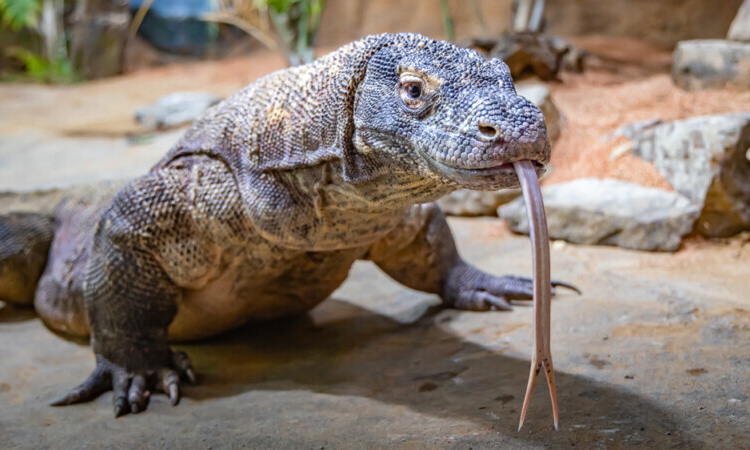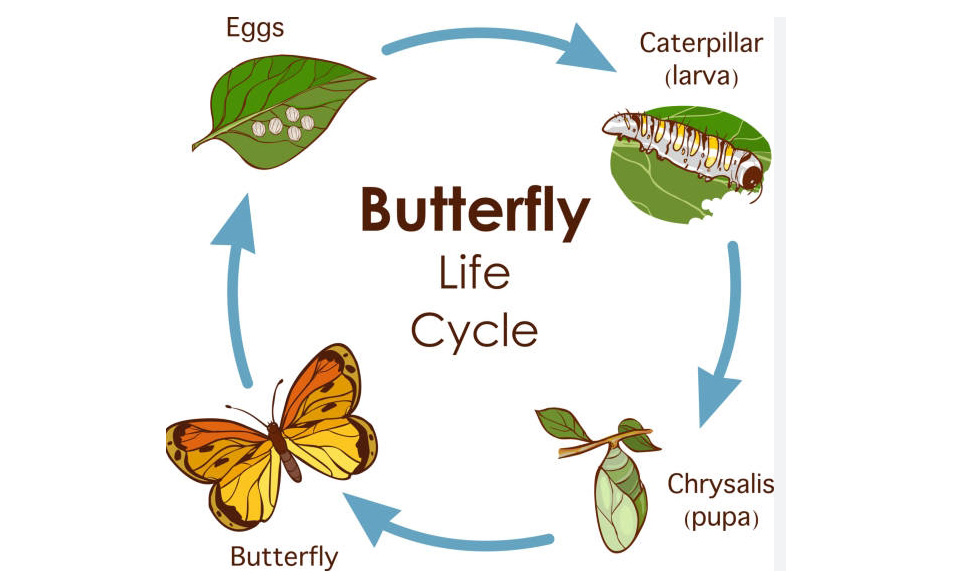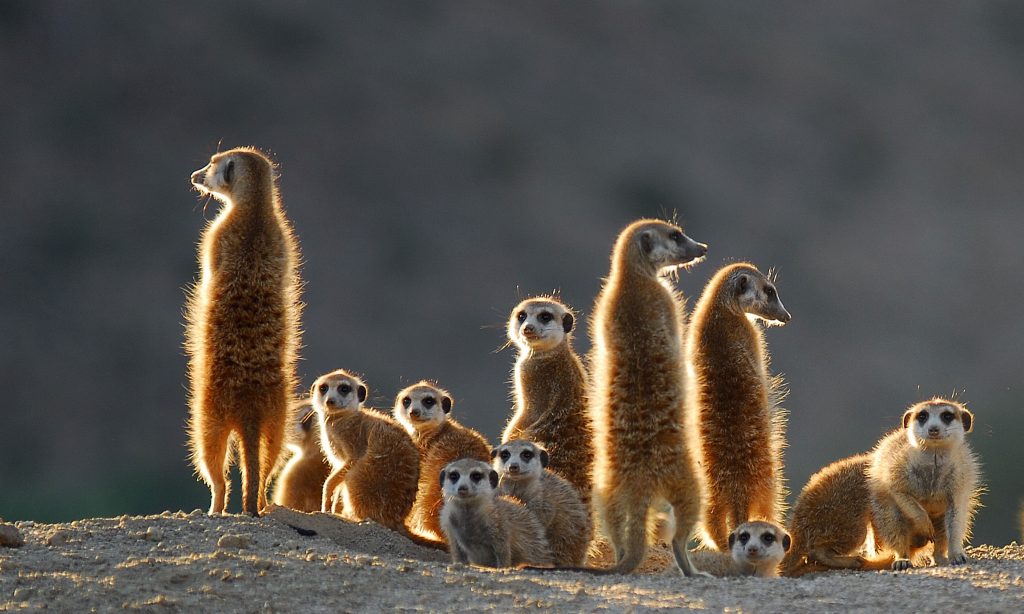Title: Understanding Your Cat’s Tail: A Guide to Feline Communication
Introduction
Cats are curious creatures, and their tails are one of the most expressive parts of their anatomy. Understanding your cat’s tail movements can offer you insights into their mood and feelings. This post delves into the significance of cat tails, helping you recognize what your furry friend is trying to communicate.
The Anatomy of the Cat Tail
A cat’s tail is not just a fluffy appendage; it serves essential purposes in their everyday life. Composed of vertebrae, muscles, and nerves, a cat’s tail is a tool for balance, especially during agile movements like climbing or jumping.
Moreover, the tail acts as a communication device. For instance, a cat holds its tail high when it’s feeling confident and happy, while a low tail can indicate fear or submission. The average tail length is about 10-15 inches, depending on the breed, emphasizing how a cat’s anatomy can vary.
Understanding Tail Positions
Cats communicate a plethora of emotions through their tail positions. A tail held upright suggests that your cat is feeling friendly and approachable. Conversely, a puffed-up tail indicates that your cat is frightened or feels threatened; this is usually a sign that they are trying to appear larger to ward off perceived danger.
A slowly swaying tail can signify that your cat is in a hunting mode or very focused, while an agitated, quick flicking tail often indicates irritation or annoyance. By paying close attention to these tail signals, you can better gauge your cat’s feelings, leading to a more cohesive relationship.
Interpreting Tail Behavior
While understanding basic tail positions is a good start, tail behavior can get even more nuanced. A cat that wraps its tail around you may be showing affection, signaling a bond of trust. On the other hand, if your cat’s tail appears to be stiff and raised while focused on something, it may be preparing for a playful pounce or be on the lookout for potential threats.
It’s also worth noting that some breeds, like the Manx or the Maine Coon, have unique tail characteristics that can add another layer of meaning to their tail language. This highlights the importance of considering context and breed when interpreting tail signals, making it essential to observe your cat’s behavior closely.
Conclusion
Cats communicate in a variety of ways, and their tails play a crucial role in this dialogue. By paying attention to what your cat’s tail is telling you, you can foster a deeper connection with your pet and better understand their needs. So, the next time you see your cat’s tail in motion, take a moment to observe and appreciate this fascinating aspect of feline communication. Happy tail-watching!




